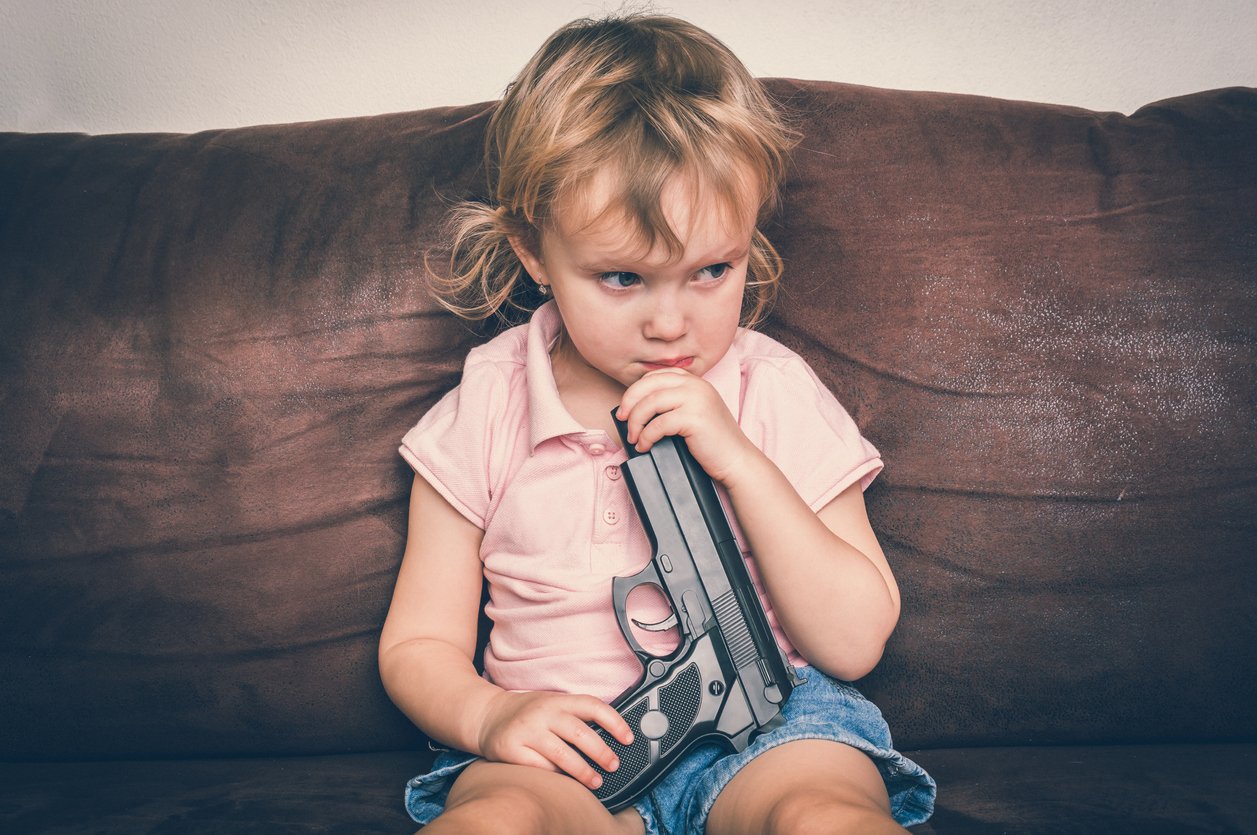Sky-High Training: The Crucial Role of Life Flight Helicopters in Emergency Medicine Training
Allison Gasnick, MS4
Case Western Reserve University School of Medicine
Medical Student Council Editor 2024-2025
In the high-stakes world of emergency medicine, rapid response and advanced care are critical to saving lives. Life Flight (and all other medical) helicopters play a pivotal role in this domain. These helicopters provide swift transportation for critically ill or injured patients from remote or inaccessible areas to hospitals equipped to provide the necessary care. They are also integral to the training and education of residents in emergency medicine programs. This article explores the vital functions of Life Flight helicopters and their significance in emergency medicine residencies.
The Role of Life Flight Helicopters
Rapid Response and Transport
Life Flight helicopters are designed to deliver immediate medical attention and expedite transportation to healthcare facilities. They are typically staffed by highly skilled medical teams, including flight nurses, paramedics, and sometimes physicians, who are trained to perform advanced medical procedures in the confined and challenging environment of a helicopter. The speed and flexibility of these helicopters allow them to reach patients in areas that might be difficult to access by ground ambulances, such as mountainous regions, islands, congested urban settings, or rural areas.
Advanced In-Flight Care
The medical equipment on board Life Flight helicopters is sophisticated and comprehensive. This includes ventilators, defibrillators, advanced monitoring systems, advanced airway supplies, blood units, and an array of emergency medications. The ability to administer advanced medical care en route to a hospital can significantly improve patient outcomes, particularly in cases of trauma, cardiac emergencies, stroke, and other critical conditions.
Integration into Emergency Medicine Residencies
Hands-On Experience
For residents in emergency medicine, exposure to Life Flight operations is an invaluable component of their training. Participating in air medical services allows residents to gain hands-on experience in pre-hospital care and the unique challenges of providing medical attention in an airborne setting. They learn to adapt to the constraints of space, movement, and noise, and to make swift, critical decisions under pressure.
Interdisciplinary Collaboration
Working on Life Flight missions fosters interdisciplinary collaboration. Residents interact closely with pilots, flight nurses, and paramedics, learning the importance of teamwork in emergency medical situations. This collaboration enhances their communication skills and their ability to coordinate complex care protocols across different domains of emergency response.
Exposure to Diverse Medical Cases
Life Flight missions expose residents to a wide variety of medical cases, which may encompass more diverse scenarios than what presents to the emergency department. This includes severe trauma from accidents, medical emergencies in remote locations, and inter-hospital transfers of critically ill patients. Such exposure broadens the clinical experience of residents, making them more versatile physicians.
Improved Decision-Making Skills
The unpredictable and high-pressure environment of Life Flight missions sharpens residents' decision-making abilities. They learn to assess situations quickly, prioritize interventions, and implement life-saving measures effectively. These skills are transferable to all areas of emergency medicine and are crucial for successful practice.
Increased Confidence and Resilience
The challenging conditions of Life Flight operations build confidence and resilience in residents. Facing and overcoming the difficulties of providing medical care in flight prepares them for the varied and often stressful situations they will encounter throughout their careers.
Residency-Program Specific
Every residency program with Life Flight has its own unique integration of Life Flight into their training curriculum. In some programs, residents have the opportunity to serve as the lead physician on Life Flight missions. This leadership role provides invaluable hands-on experience, allowing residents to take charge of patient care in high-pressure, time-sensitive situations. Alternatively, other residency programs may offer a more observational approach, where residents participate in ride-along experiences. Some programs might offer a combination of both experiences, gradually increasing the level of responsibility given to the residents as they progress through their training. Additionally, the frequency and duration of Life Flight rotations can vary. Some residency programs may include Life Flight rotations as a mandatory part of their curriculum, while others might offer it as an elective experience. The extent to which Life Flight is integrated into the residency training can depend on factors such as the availability of resources, the proximity to Life Flight services, and the specific educational goals of the residency program.
Life Flight helicopters are indispensable in emergency medical services, providing rapid response, advanced care, and vital transport for critically ill or injured patients. For residents in emergency medicine, participation in Life Flight missions offers a unique and enriching training experience. It enhances their clinical skills, decision-making abilities, and overall preparedness for a career in emergency medicine. As such, Life Flight operations remain a cornerstone of emergency medicine residencies, shaping the next generation of skilled and resilient emergency physicians.
Special thank you to the MetroHealth LifeFlight crew for providing information and experience utilized to prepare this article.
Related Content

Oct 31, 2023
Health Policy Journal Club: A Study of Firearms Safety Education in the Pediatric Emergency Department
The pediatric emergency department is a unique setting in which educational interventions can reach a wide variety of people. The Health Policy Journal Club examines a study conducted to gauge the efficacy of firearm safety education in pediatric EDs.

Nov 08, 2023
Critical Care ECMO Series: Introduction to ECMO
Extracorporeal membrane oxygenation (ECMO) allows for temporary life support in cardiopulmonary failure refractory to conventional medical treatment. Given its capabilities and increasing presence in our health care system, it is important that all learners, from medical students to attending physicians, become familiar with the technology as it expands to more ICUs and EDs across the world.





